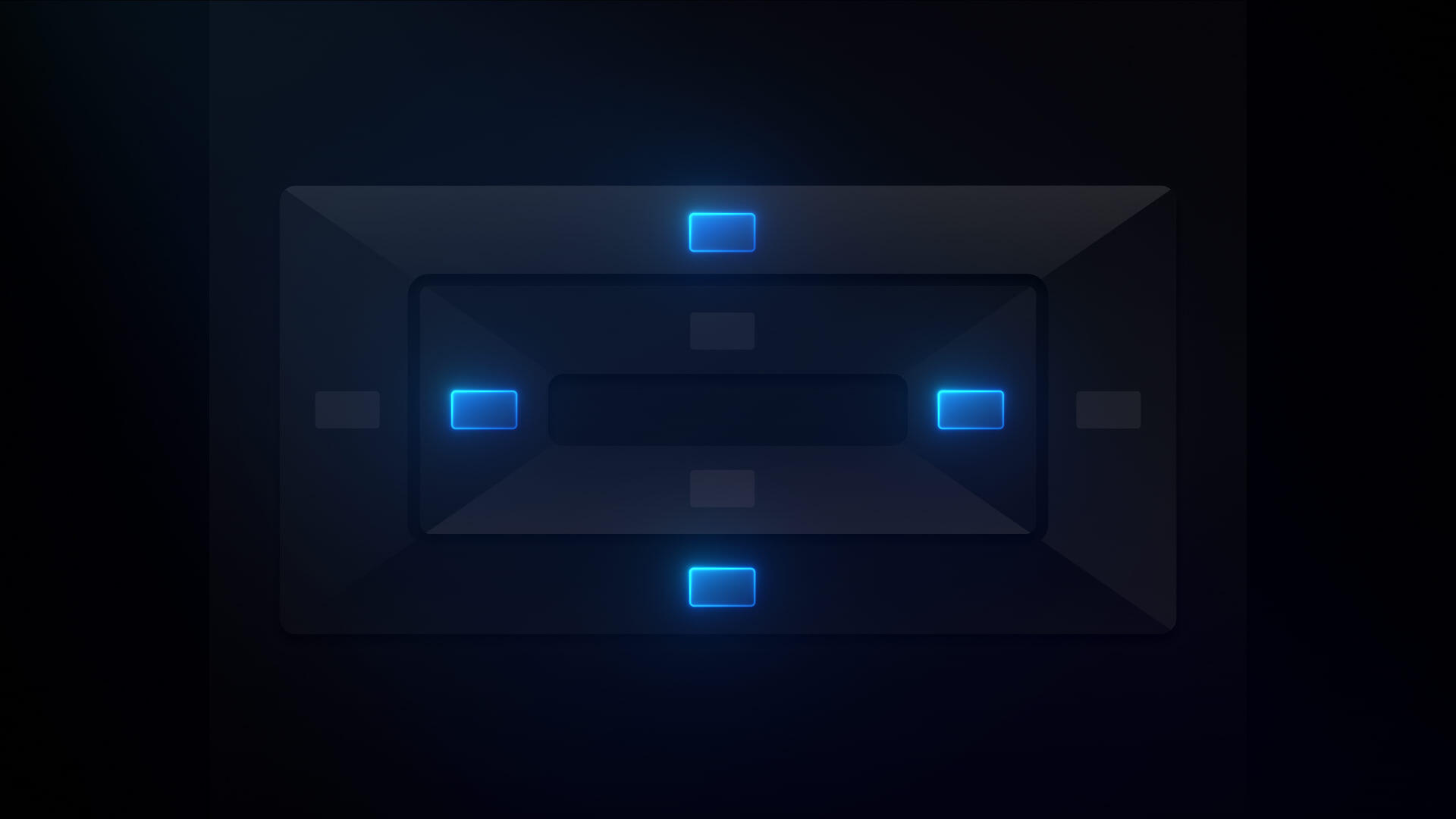Abstraction
In object-oriented programming (OOP), abstraction conceals irrelevant details so they don’t interfere with the task at hand.
A real-world example of abstraction is a cellphone’s interface. To make a call, you press a button and it connects you with the other person — you don’t need to know anything about the microchips, cellphone towers, or radio waves that connect you. Abstraction hides that process.
In web design, abstraction simplifies a website’s experience for end users. They don’t know what code is executed after clicking a button, for example, because it would interfere with their experience.
Webflow’s user interface is an example of abstraction: You design using visual elements, such as div blocks and lightboxes. Each element represents a computer code segment in CSS, HTML, or JavaScript. This is abstraction because you’re not interacting with the code itself — you’re interacting with visual representations of the code.
If you want to access and change the code on your site, Webflow lets you add custom code to further customize your site. You can also view your site’s code at any time using Webflow’s CSS preview.





.webp)